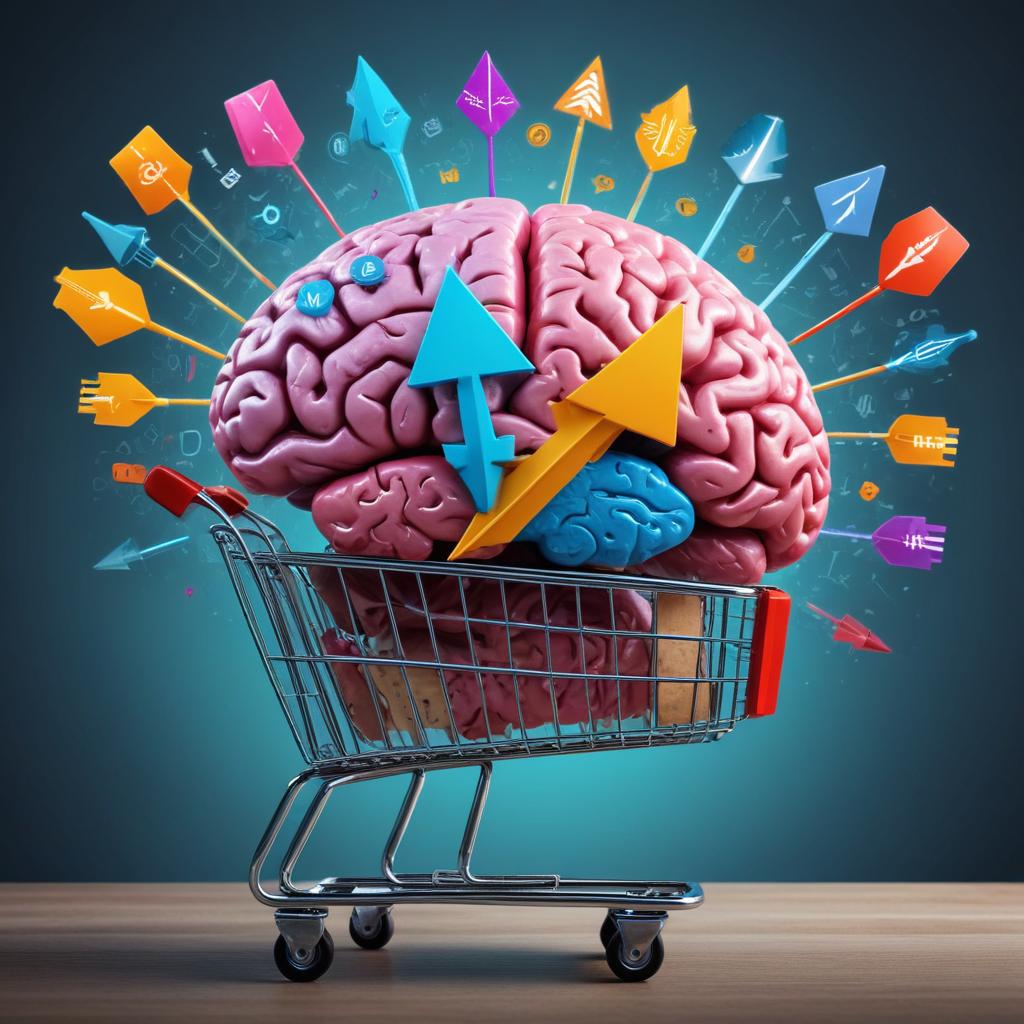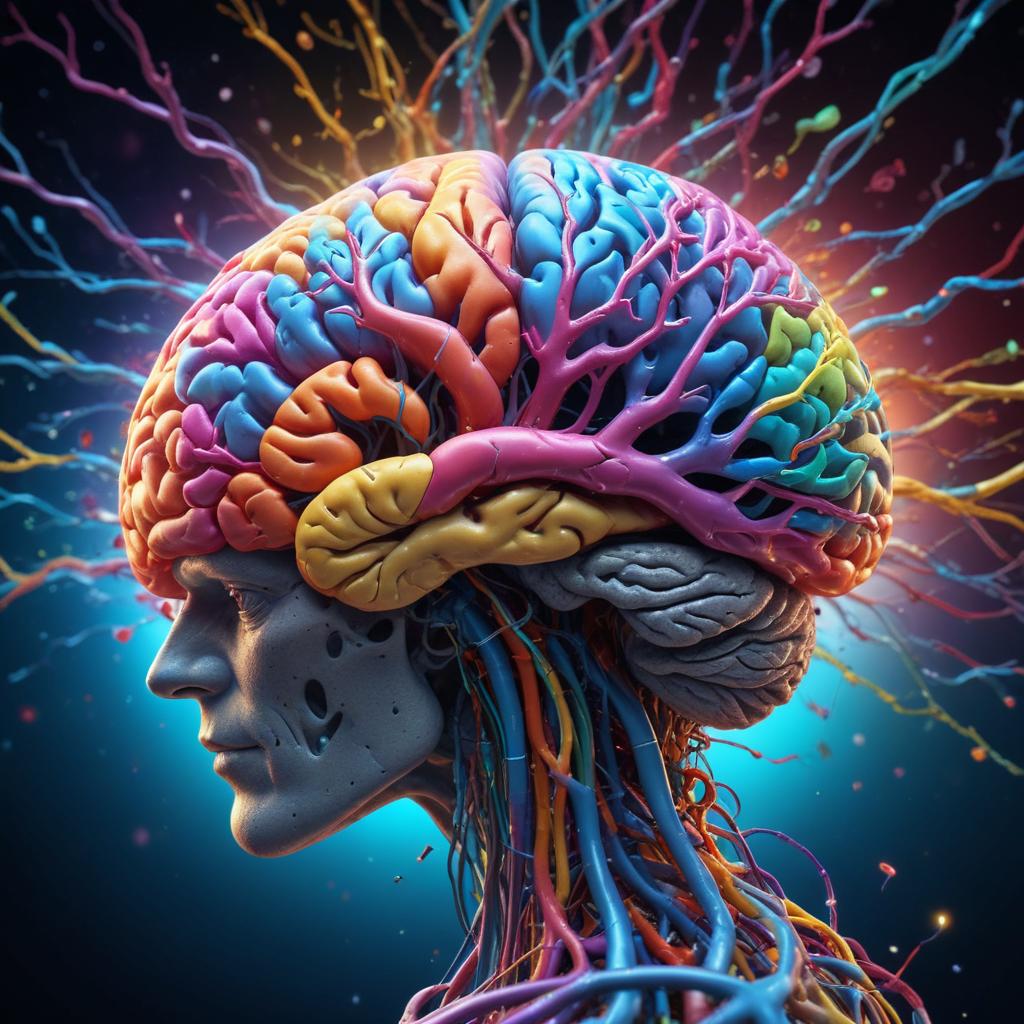Introduction: The Psychology Behind Every Purchase
Every time a customer clicks “Buy Now,” there’s a complex psychological process happening in their mind. Understanding and leveraging these psychological principles can dramatically boost your ecommerce conversions. In this comprehensive guide, we’ll explore 10 proven psychology tricks that have helped stores increase their conversion rates by up to 40%.
1. Social Proof: The Power of Others’ Actions
Social proof is one of the most powerful psychological triggers in ecommerce. When customers see that others have purchased and enjoyed your products, they’re much more likely to buy themselves.
Implementation Strategies:
- Display customer reviews prominently on product pages
- Show “Recently purchased by” notifications
- Add customer count indicators (“Join 10,000+ happy customers”)
- Feature user-generated content and testimonials
2. Scarcity and Urgency: Creating FOMO
The fear of missing out (FOMO) is a powerful motivator. When customers believe an opportunity is limited, they’re more likely to act quickly.
Effective Scarcity Tactics:
- Limited-time offers with countdown timers
- Stock level indicators (“Only 3 left in stock”)
- Exclusive access for members
- Flash sales and daily deals
3. The Decoy Effect: Guiding Purchase Decisions
The decoy effect involves introducing a third option that makes your target product appear more attractive. This psychological principle can guide customers toward higher-value purchases.
4. Loss Aversion: Fear of Missing Out
People hate losing something more than they like gaining something of equal value. Frame your offers in terms of what customers might lose by not acting.
5. Anchoring: Setting Price Expectations
The first price customers see sets an anchor for all subsequent price evaluations. Use this to your advantage by showing higher-priced items first.
6. Reciprocity: The Give-and-Take Principle
When you give something valuable to customers first, they feel obligated to return the favor. This could be free content, samples, or helpful advice.
7. Authority: Building Trust Through Expertise
Customers are more likely to buy from businesses they perceive as authorities in their field. Establish your expertise through content, certifications, and endorsements.
8. Commitment and Consistency: Leveraging Past Behavior
People like to be consistent with their previous actions and stated preferences. Use this by encouraging small commitments that lead to larger ones.
9. The Bandwagon Effect: Following the Crowd
Show customers that your products are popular choices. Use phrases like “bestseller,” “most popular,” or “trending now.”
10. Cognitive Ease: Reducing Mental Effort
Make it as easy as possible for customers to make purchasing decisions. Reduce cognitive load through clear navigation, simple checkout processes, and clear product information.
Implementing These Psychology Tricks
The key to successful implementation is testing and measuring. Start with one or two techniques, measure their impact, and gradually add more. Remember, the goal is to help customers make decisions that are right for them, not to manipulate them into unwanted purchases.
Conclusion
Psychology-based conversion optimization isn’t about tricks or manipulation—it’s about understanding your customers’ decision-making processes and removing barriers to purchase. When implemented ethically and effectively, these psychological principles can significantly boost your conversion rates while improving the customer experience.

